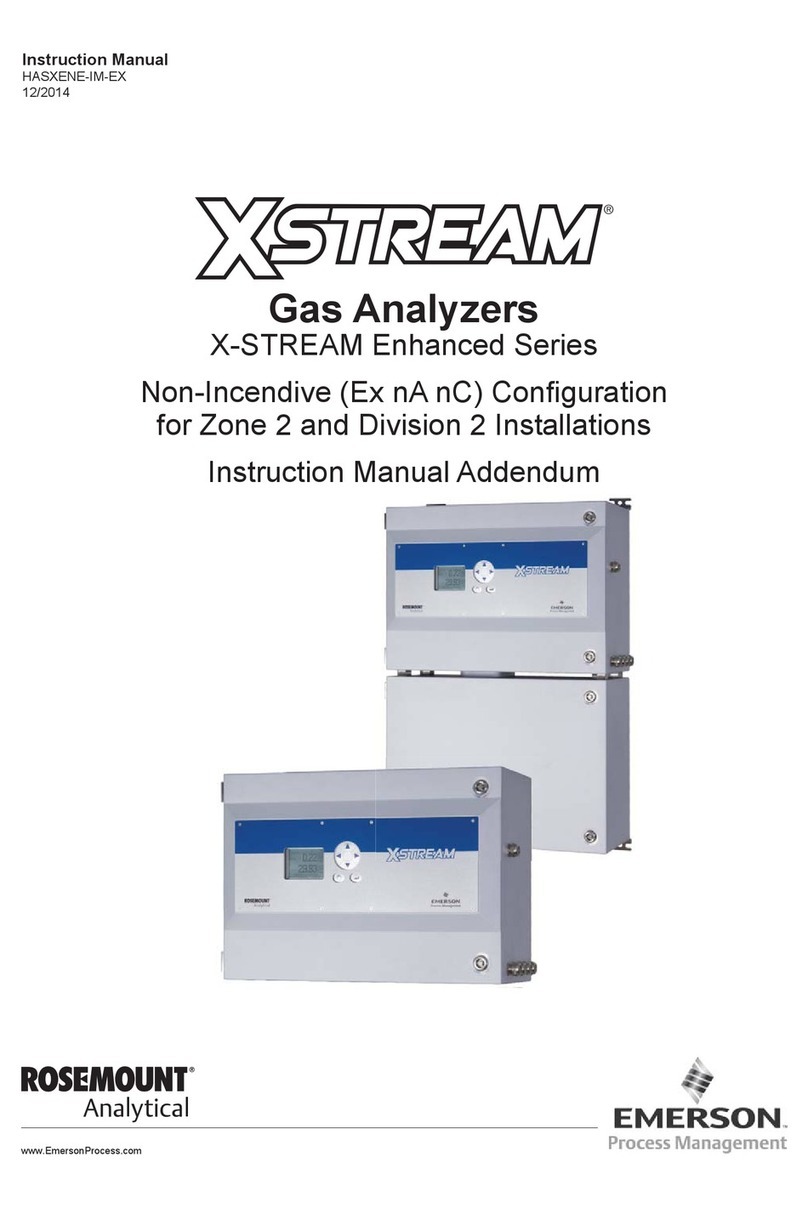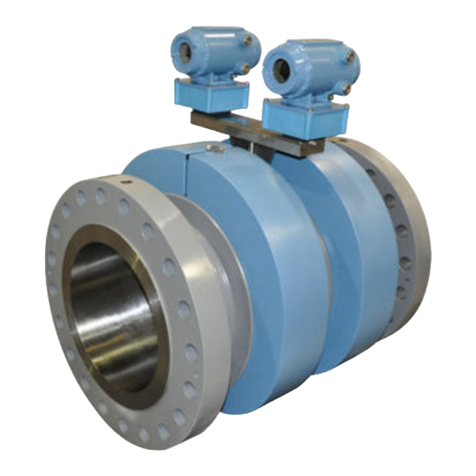Emerson Rosemount 585 Annubar User manual
Other Emerson Measuring Instrument manuals
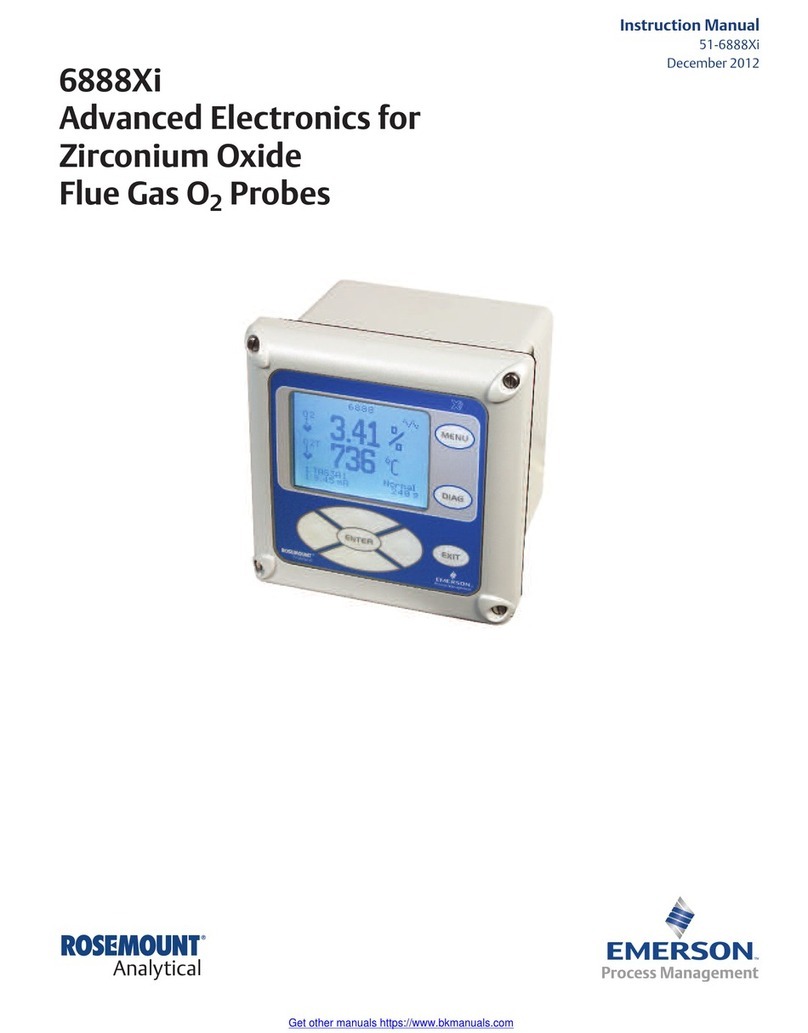
Emerson
Emerson Rosemount 6888Xi User manual
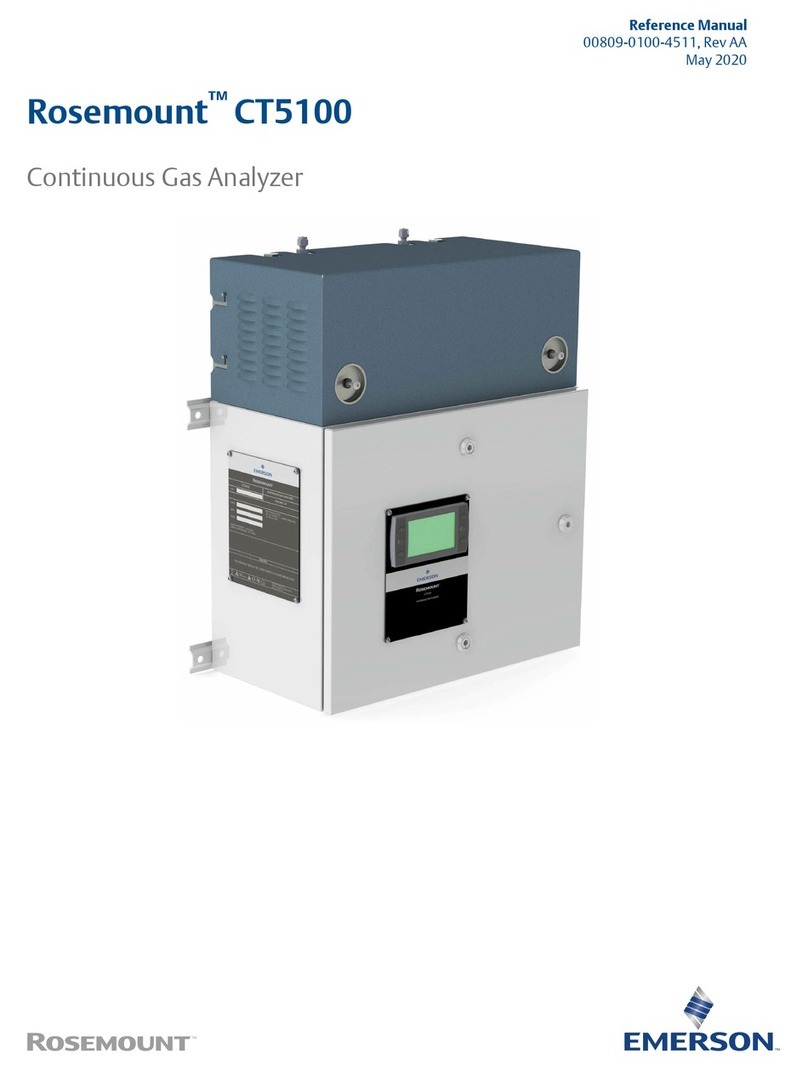
Emerson
Emerson Rosemount CT5100 User manual
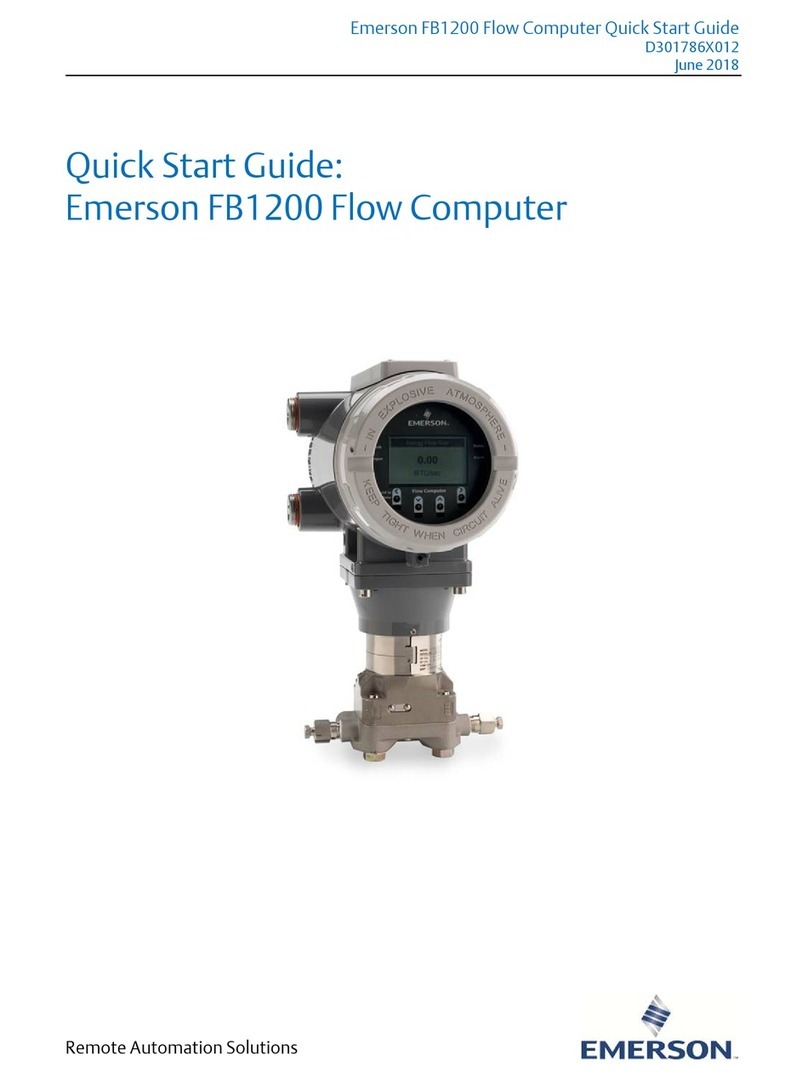
Emerson
Emerson FB1200 User manual

Emerson
Emerson Rosemount 1056 User manual

Emerson
Emerson Mobrey Hydratect 2462 User manual

Emerson
Emerson Daniel 3818 Programming manual
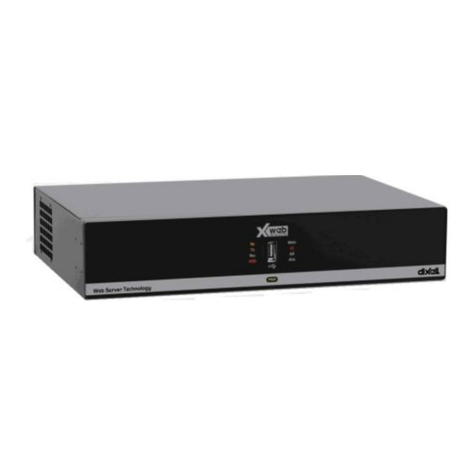
Emerson
Emerson Dixell XWEB3000 User manual
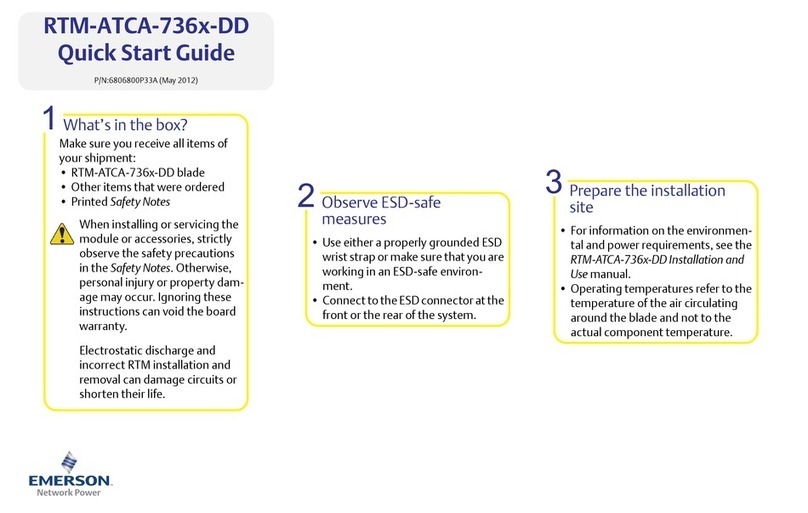
Emerson
Emerson RTM-ATCA-736x-DD User manual
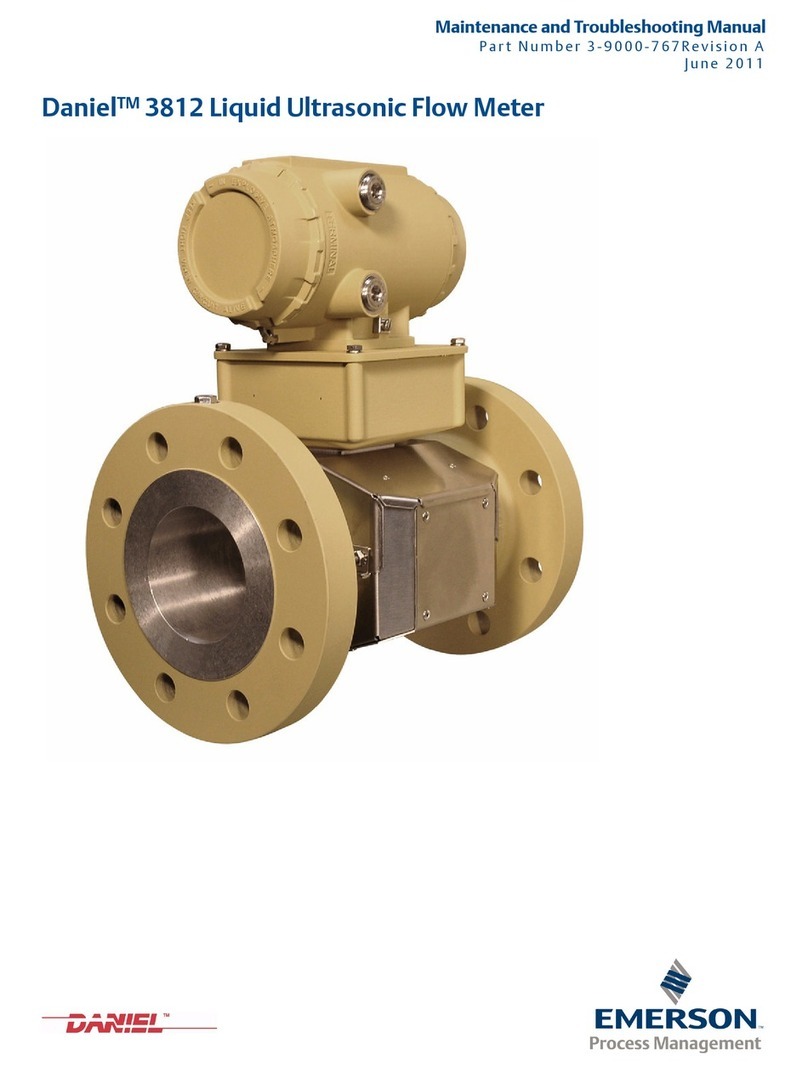
Emerson
Emerson Daniel 3812 Programming manual

Emerson
Emerson Rosemount Analytical 400A User manual

Emerson
Emerson ROSEMOUNT370XA User manual
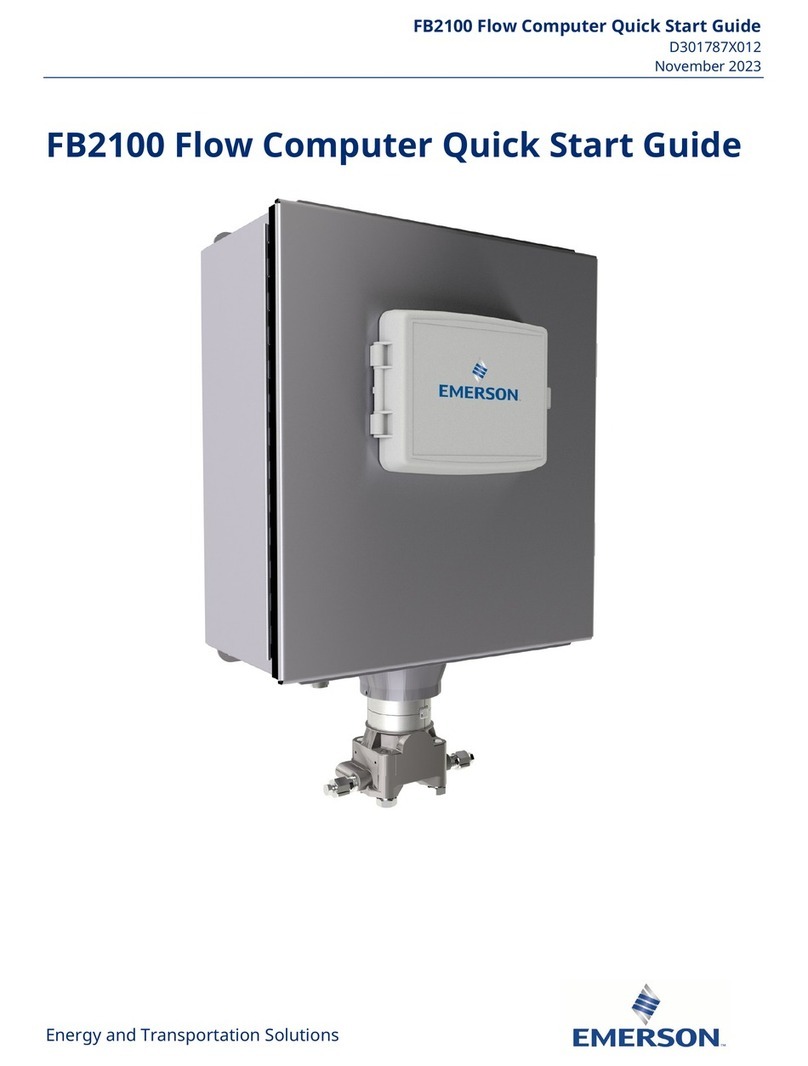
Emerson
Emerson FB2100 User manual
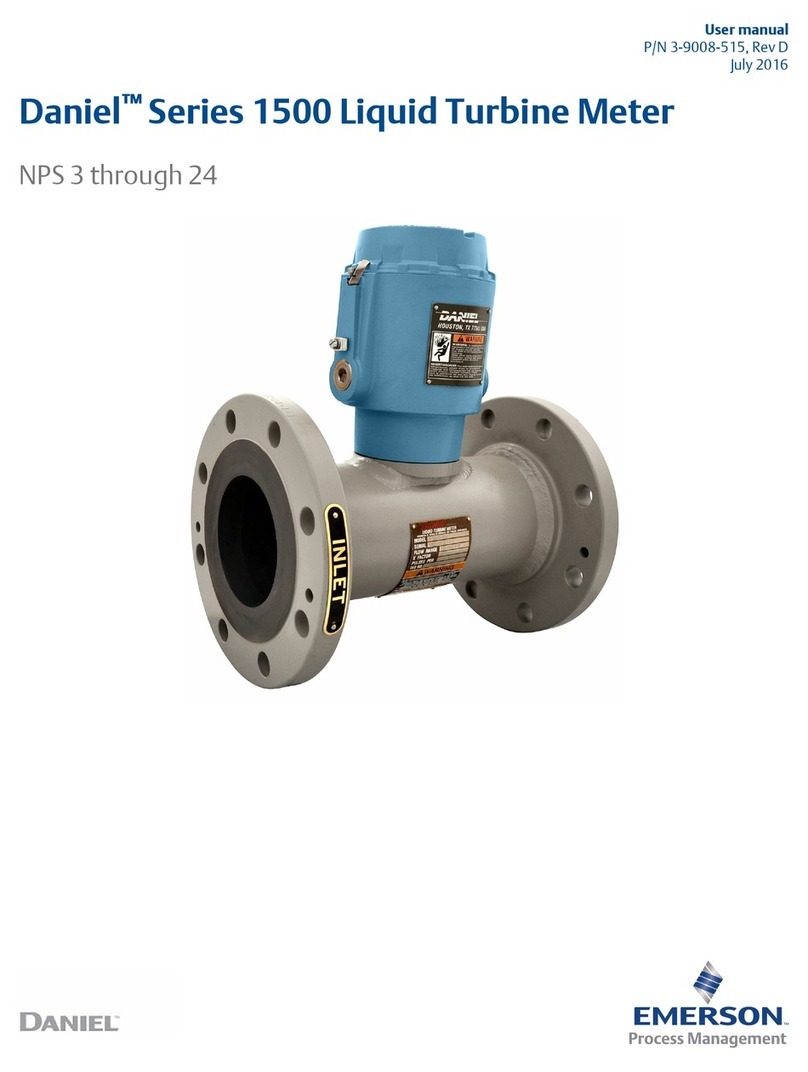
Emerson
Emerson daniel 1500 series User manual
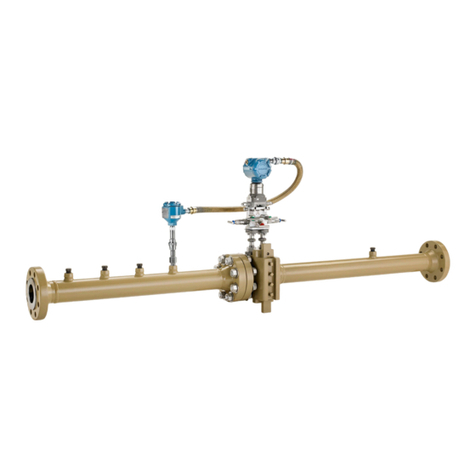
Emerson
Emerson Rosemount 9175 User manual

Emerson
Emerson Daniel 3415 Programming manual

Emerson
Emerson Rosemount 8700 Series Configuration guide

Emerson
Emerson Rosemount 2130 User manual

Emerson
Emerson Rosemount 3812 User manual
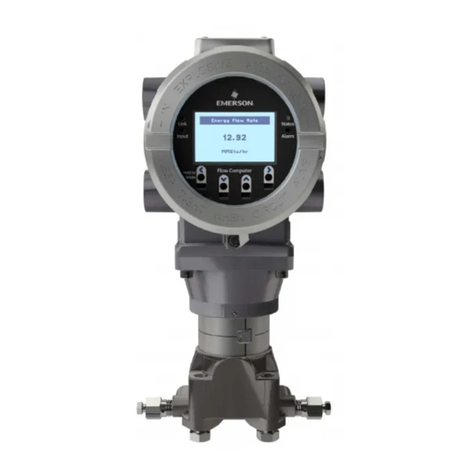
Emerson
Emerson ControlWave Series Technical Document

Emerson
Emerson Rosemount 3812 Programming manual

